Diving into NOAA’s Coral Reef Conservation Program
Caroline Donovan ·Even before Charles Darwin wrote about coral reef atolls in his 1842 “The Structure and Distribution of Coral Reefs,” humans have been fascinated by coral reefs. Corals and coral reefs are connected to the spiritual rituals of indigenous populations. They also provide food, shelter, and support livelihoods (through fishing and ecotourism) of many people around the world.
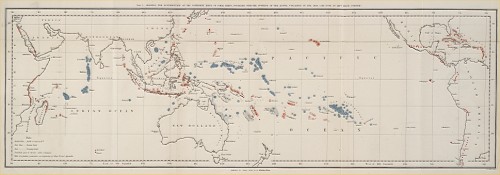
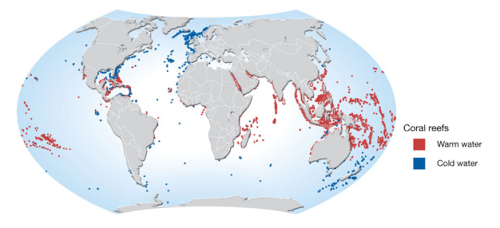
Not only are corals themselves complex, symbiotic structures that are beautiful onto themselves, reefs taken as a whole are an ecosystem that supports diverse fish, shellfish, invertebrates, and algae.
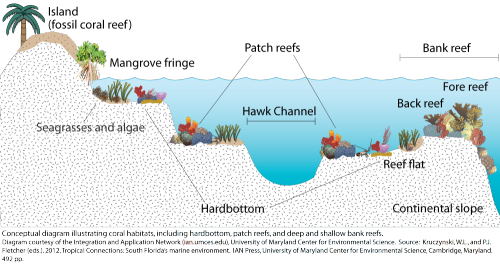
Adding to the coral reef communication IAN has done with partners around the world, we have partnered with NOAA’s Coral Reef Conservation Program to communicate the health of coral reefs in the Florida Coral Reef Tract and American Samoa.
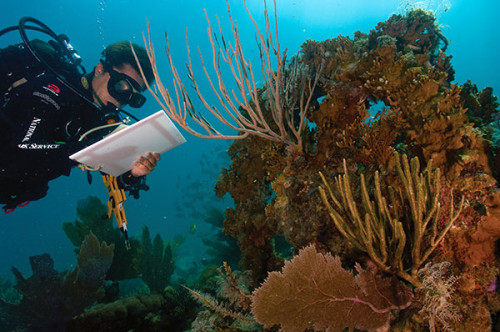

NOAA’s National Coral Reef Monitoring Program is a premiere monitoring program throughout the United States and its territories and the wealth of data from this program is unparalleled. The Monitoring Plan “defines the national monitoring effort, which will provide a consistent flow of information about the status and trends of environmental conditions, living reef resources, and the people and processes that interact with coral reef ecosystems. Data will be used to help evaluate the efficacy of place‐based investments in coral reef conservation, which in turn will ensure that the Coral Program’s goals and objectives are achieved, and that U.S. coral reef ecosystems—and the communities that depend on them—benefit from conservation activities.”
![The Coral Reef Conservation Program’s 2014 Monitoring Plan [pdf]. The Coral Reef Conservation Program’s 2014 Monitoring Plan.](/site/assets/files/2476/noaa-500x620.png)
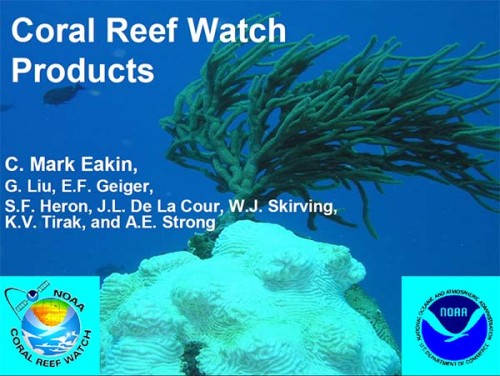
Then, an in-person workshop at NOAA Headquarters in Silver Spring, Maryland was attended by key NOAA scientists and managers to get their input before heading to the field locations. The Silver Spring workshop helped define the objectives and outcomes of the two pilot report cards. It also allowed scientists and managers to ask questions.
The next steps include 3-day workshops in Florida and Hawaii (a meeting point between NOAA headquarters and American Samoa) to kick off each report card. In the meantime, IAN staff will be delving into the wealth of data already collected by NOAA scientists that are reported in their State of the Coral Reef Ecosystems reports. We look forward to learning so much more about these beautiful coral reefs over the next year.
About the author
Caroline Donovan
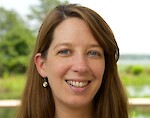
Ms. Caroline Donovan oversees program and project management, science communication, and data analysis at UMCES-IAN. She has over 15 years of experience with ecosystem health report cards, science communication products, stakeholder engagement, and citizen science and volunteer monitoring. Ms. Donovan has worked extensively in the fields of science integration and communication, facilitation, and program management and administration. Ms. Donovan received a Bachelor of Science in Biology from University of North Carolina - Wilmington in 2002 and a Master of Science in Biological Oceanography from University of Maryland - College Park in 2005.

